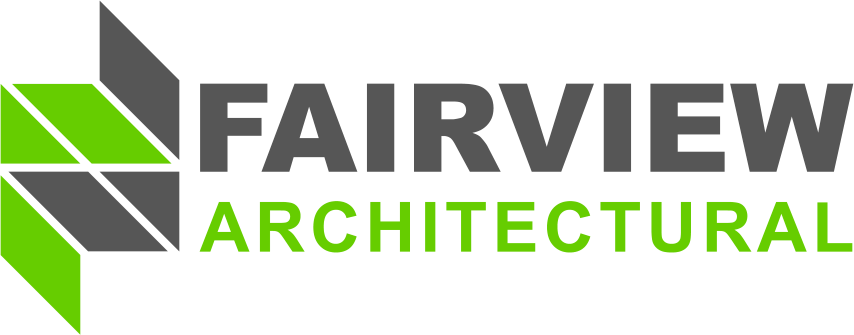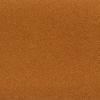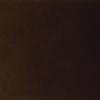Non-sequential cladding installation is a method of installing exterior cladding on a building that does not require the installation of each panel in a specific sequence. Instead, the panels can be installed in any order, making the installation process more flexible and efficient.
Just as it sounds, the term non-sequential means that the panels do not need to be installed in sequence, one after another. Another term for this concept is “Non-Progressive”, but that term can be confusing to many people because the word “progressive” is normally associated with forward thinking and innovation. SoSo, panel systems that allow for a non-sequential sequential installation are in fact very progressive, because the opposite is more common, where panels interlock and require the previous panel to be installed first.
Let’s dig into why this matters:
1.Why are most metal panel rainscreen systems installed sequentially?
It seems obvious to install one panel after the next, with a system that allows you to clip each panel into the previous one. Therefore it requires more investment into R&D and innovation to come up with a system where each panel can be installed and removed independently. Also, the metal panel cladding industry is used to installing panels sequentially, so why change now? Read on to find out!
2.What are the drawbacks of a sequentially installed metal panel cladding system?
One of the biggest challenges with sequentially installed cladding panels is working around other trades. The panel guy is one of the last ones on the jobsite. All the other delays throughout the construction project give the panel installer less time to get their job done, but typically the opening date of the building does not get delayed. So if the panel installer can get on the job sooner, it will benefit everyone. This presents a problem with sequentially installed panels because the panel installers need to be able to work continuously from one end of the building or elevation to the other, typically left to right (industry habit). So if there is a scaffolding tied off, or a garbage chute that needs to remain anchored to the wall, or an electrical box that needs to be installed, the panel crew must stop until the road is clear so they can continue on in sequence. A non-sequential system would allow them to leave that panel and come back to it later.
Another major drawback of sequentially installed cladding panels is when a damaged panel needs to be replaced. Whether it is the landscaper’s overzealous shovel leaving a dent in a panel, or the electrician drills a hole in the wrong place as they often do, things happen on site. Ideally, “what happens on site stays on site” and nobody finds out about it. But how is this possible if you have to remove a whole row of panels that were installed sequentially, and therefore need to be removed sequentially, to be able to get to the one panel that is damaged? If the panels could be removed in any sequence, it would make changing a single panel a breeze.
Until you know that non-sequential systems are available, you might have thought these drawbacks were normal.
3.What are the benefits of a non-sequential cladding panel installation system?
- Install any panel in any sequence, so that you can work around other trades, obstacles such as garbage chutes and scaffolding.
- Remove and replace individual panels if they get damaged, or if you need access behind them.
- Maintain the integrity of the rainscreen system when replacing a panel. In the event of damage, many installers will chop out a panel and glue a new one in. This will cause a failure in the integrity of the rainscreen system functioning behind that panel, and could lead to moisture issues, mildew growth, and panel deformation due to thermal expansion.
- Allows the installer to get on, and off, the job sooner. This benefits the installer because they get paid sooner, but it also benefits the GC, Architect, and Building Owner because it reduces the risk of delays – which nobody wants.
- Keep you building looking new – its not only during construction that things happen. Panels can still get damaged. In many situations a single panel could be simply replaced by the maintenance department, but if the whole row of panels needs to be removed, then building permits are required, equipment rental, crowd control, and potentially closure of the premises which will result in lost business for the occupant.
These are just a few examples that we hear from our clients, but take a moment to pause and reflect on your experiences, and think of how a non-sequential removable panel installation would have save you time, money and headache? Only you know the answer to that question!
The Arrowhead family of Installation Systems from Fairview Architectural are all designed so that every panel is independent of the adjacent panels. In addition to this, they are engineered to increase productivity and capacity without increasing overheads.
👉To learn more, and to become a trained and certified fabricator or installer, please visit our website or give us a call at 860-242-2711.







